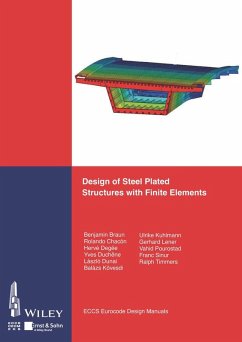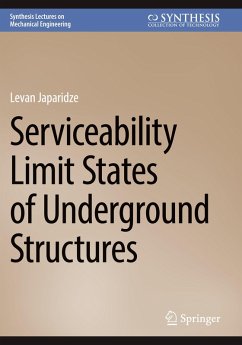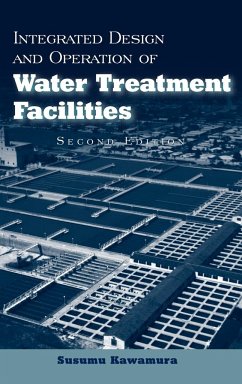Nicht lieferbar

Ultimate Limit State Analysis and Design of Plated Structures
Plated structures are important in a variety of marine, land-based and aerospace applications, including ships, offshore platforms, box girder bridges, power/chemical plants, box girder cranes, and aircrafts. The basic strength members in plated structures include support members (such as stiffeners, girders and frames), plates, stiffened panels, grillages, box columns, and box girders. During their lifetime, the structures constructed with these members are subjected to various types of action and action effects that are usually normal but sometimes extreme or even accidental. It is now well ...
Plated structures are important in a variety of marine, land-based and aerospace applications, including ships, offshore platforms, box girder bridges, power/chemical plants, box girder cranes, and aircrafts. The basic strength members in plated structures include support members (such as stiffeners, girders and frames), plates, stiffened panels, grillages, box columns, and box girders. During their lifetime, the structures constructed with these members are subjected to various types of action and action effects that are usually normal but sometimes extreme or even accidental. It is now well recognized that the limit state approach is a much better basis for structural design than allowable working stresses and simplified buckling checks for structural components. This book reviews and describes both the fundamentals and practical procedures for the ultimate limit state analysis and design of steel- and aluminum-plated structures. Structural fracture mechanics and structural impact mechanics are also described. This book is an extensive update of the first edition Ultimate Limit State Design of Steel-Plated Structures, published in 2003. Particularly valuable coverage in this book includes: * Nonlinear structural mechanics, and limit state analysis and design of steel- and aluminum-plated structural systems and their components * Progressive collapse analysis and design of damage tolerant structures against extreme and accidental conditions * Fabrication related initial imperfections such as initial distortions, residual stresses and softening * Age related degradation such as corrosion wastage and fatigue cracking * Accident induced damages such as local denting, collision damage and grounding damage * Low temperatures, cryogenic conditions and elevated temperatures * Structural fracture mechanics * Structural impact mechanics * Incremental Galerkin method * Nonlinear finite element method and intelligent supersize finite element method Designed as both a textbook and a handy reference, this book is well suited for university students approaching the related technologies. In terms of the more advanced and sophisticated design methodologies presented, this book should also meet the needs of structural analysts, structural designers, researchers, and practicing engineers involved in the field of naval architecture and offshore, civil, architectural, mechanical, and aerospace engineering.














